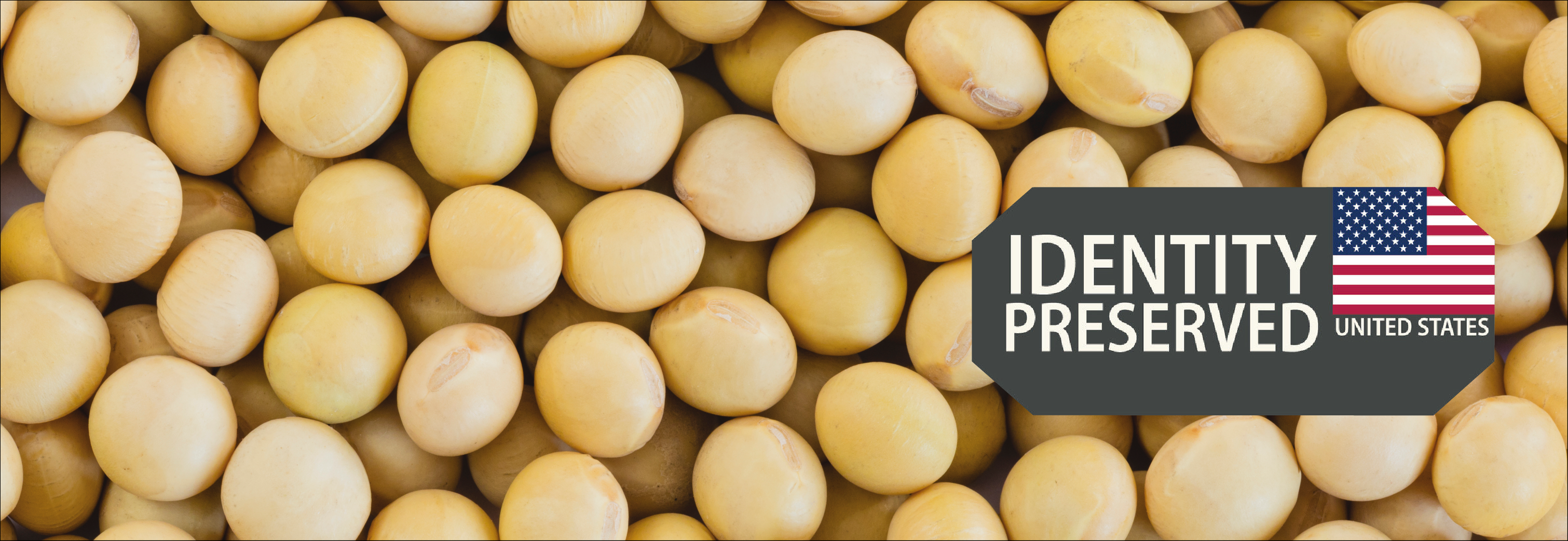What is Regenerative Agriculture?
There is not a general consensus on the definition of regenerative agriculture. However, most definitions generally agree on the basis of regenerative agriculture – soil health. Regenerative agriculture describes farming and grazing practices that, among other benefits, reverse climate change by rebuilding soil organic matter and restoring degraded soil biodiversity. This results in both carbon drawdown and improves the water cycle.
Regenerative agriculture is based on principles rather than a set of rigid practices. This is because every farm is different and can not be treated with the same “prescription.” The principles of regenerative agriculture are based on nurturing relationships within each field's ecosystem; understanding the context of each farm and farmer, prioritizing soil health, and reducing reliance on synthetic inputs.
While there are no set practices, regenerative agriculture usually includes cover crops, low or no-tillage, a diverse crop rotation, and managed rotational grazing.
Why Don't We See More Regenerative Agriculture?
The short answer is that the US agricultural system is not designed to support it. Seventy percent of the Corn Belt agricultural system is managed to produce corn and soybean commodities through a two crop rotation or continuous corn planting.
There is also a high entry price to regenerative agriculture. Changing cropping systems can require high up-front costs to invest in new equipment and associated inputs and may also require changes to existing incentive structures (e.g., crop insurance program as outlined in the U.S. Farm Bill) as well as reducing technology and information barriers at the farm and regional scale. After accounting for input costs, farmers and ranchers receive only 8 cents out of every dollar spent on food. The rest goes for costs beyond the farm gate: wages and materials for production, processing, marketing, transportation, and distribution. Agriculture is already a low-margin business, so transforming farming mechanisms will require significant investment from both the private and public sectors.
So, HOW DO WE REENGINEER THE ENTIRE SYSTEM?
Nicole Atchison, CEO of PURIS Holdings, expands on the work required to untie the complexities of the food system and serve customers transparently.
THE PURIS PROMISE
Put simply, there are not enough resources available to continue feeding the planet the way we currently do. Something must change, and PURIS is leading the charge by using regenerative agriculture to enable growers, makers, and eaters to partner in rebuilding the food system from the soil up.
We know that we're not going to solve this overnight, and are committed to taking action to become a net-zero emissions organization while building a system that feeds billions of people in the process. This will come through the widespread adoption of regenerative agriculture practices across the food manufacturing spectrum, using PURIS as a leading example. Food makers must also evaluate different energy sources for our production facilities, find less wasteful, more sustainable, packaging, and many more efforts that reach beyond any one organization.
Manufacturers must champion our farmers through personalized assistance and financial aid, like the Crop Coverage and financing programs created through the PURIS Grower Network to encourage the adoption of peas on more US acres.
Curious how to become part of the solution? Check out our blog for opportunities and inspiration.
![Regenerative Agriculture is the Solution [VIDEO]](https://blog.puris.com/hubfs/Photos/Plants/In-field/PURIS%20Peas%20(2).jpg)



